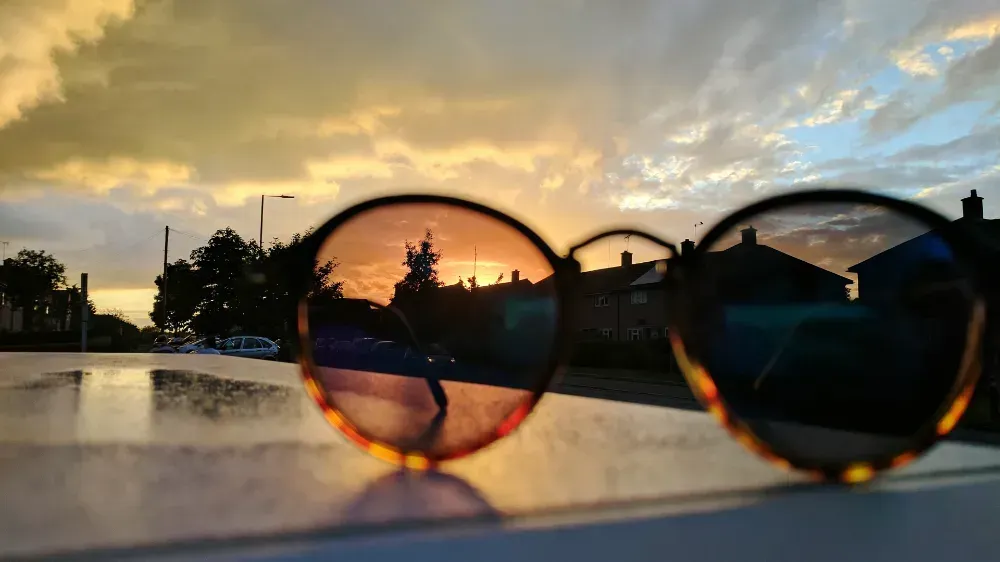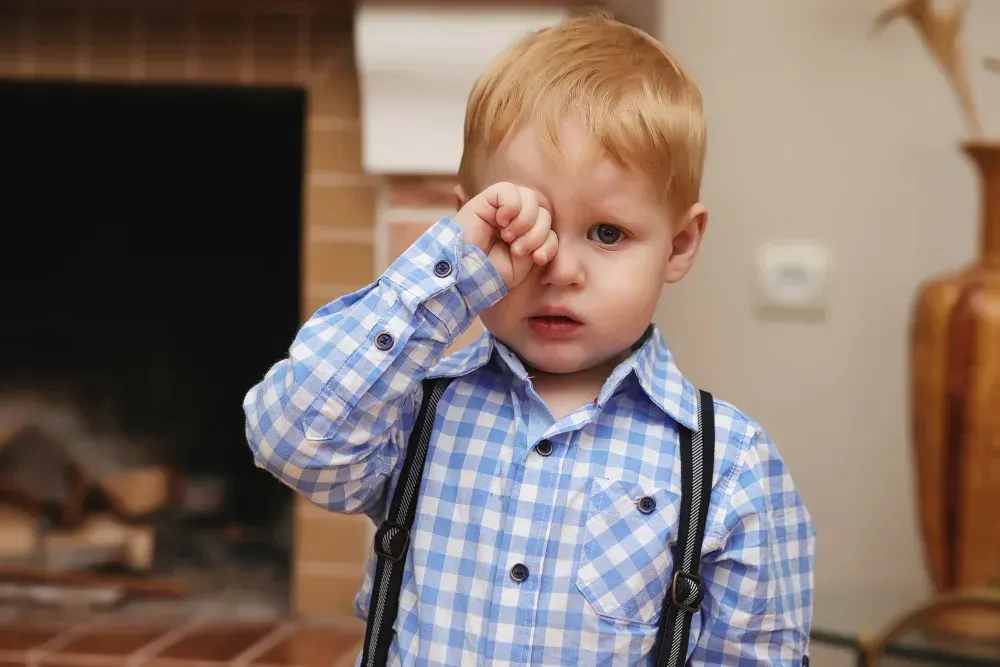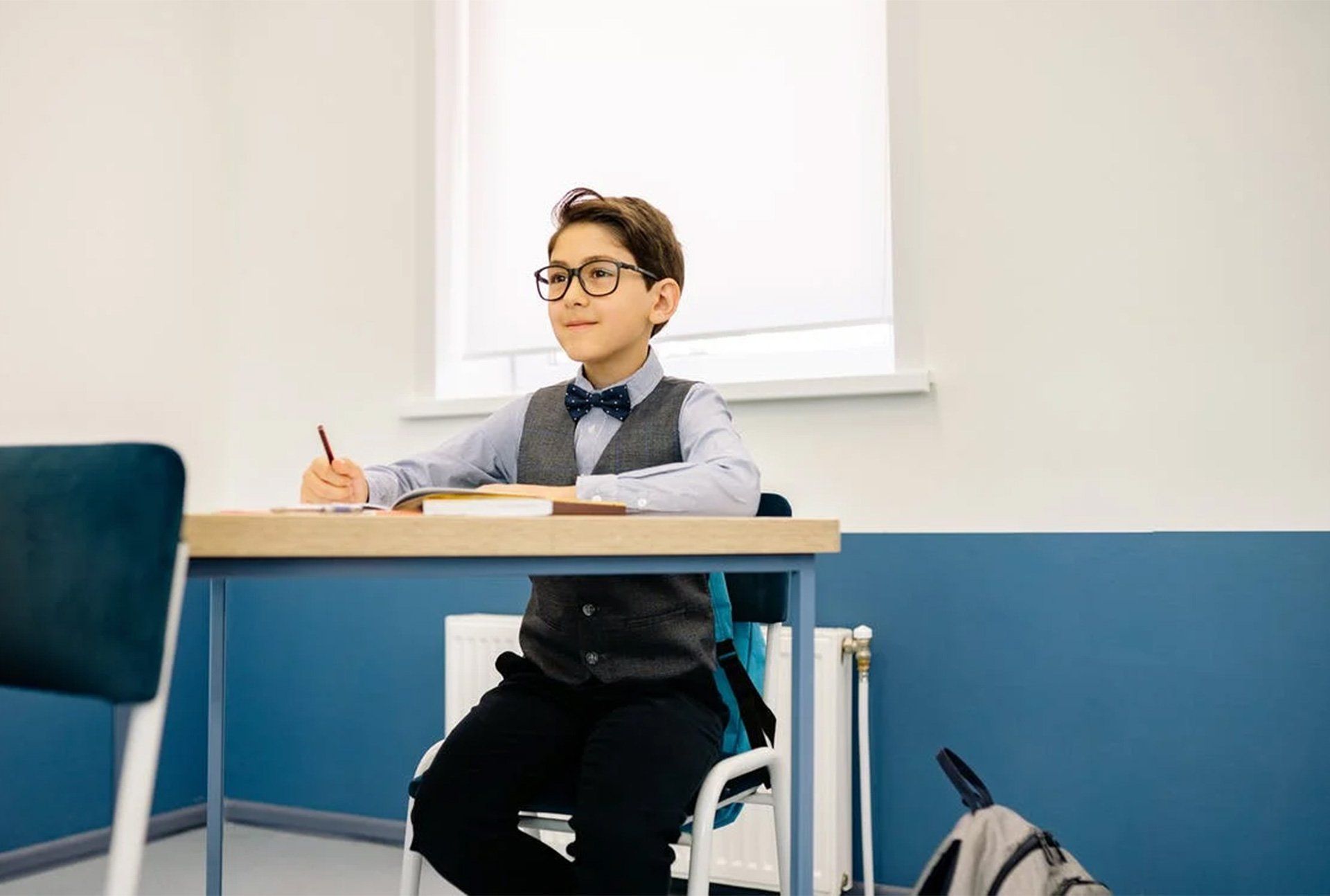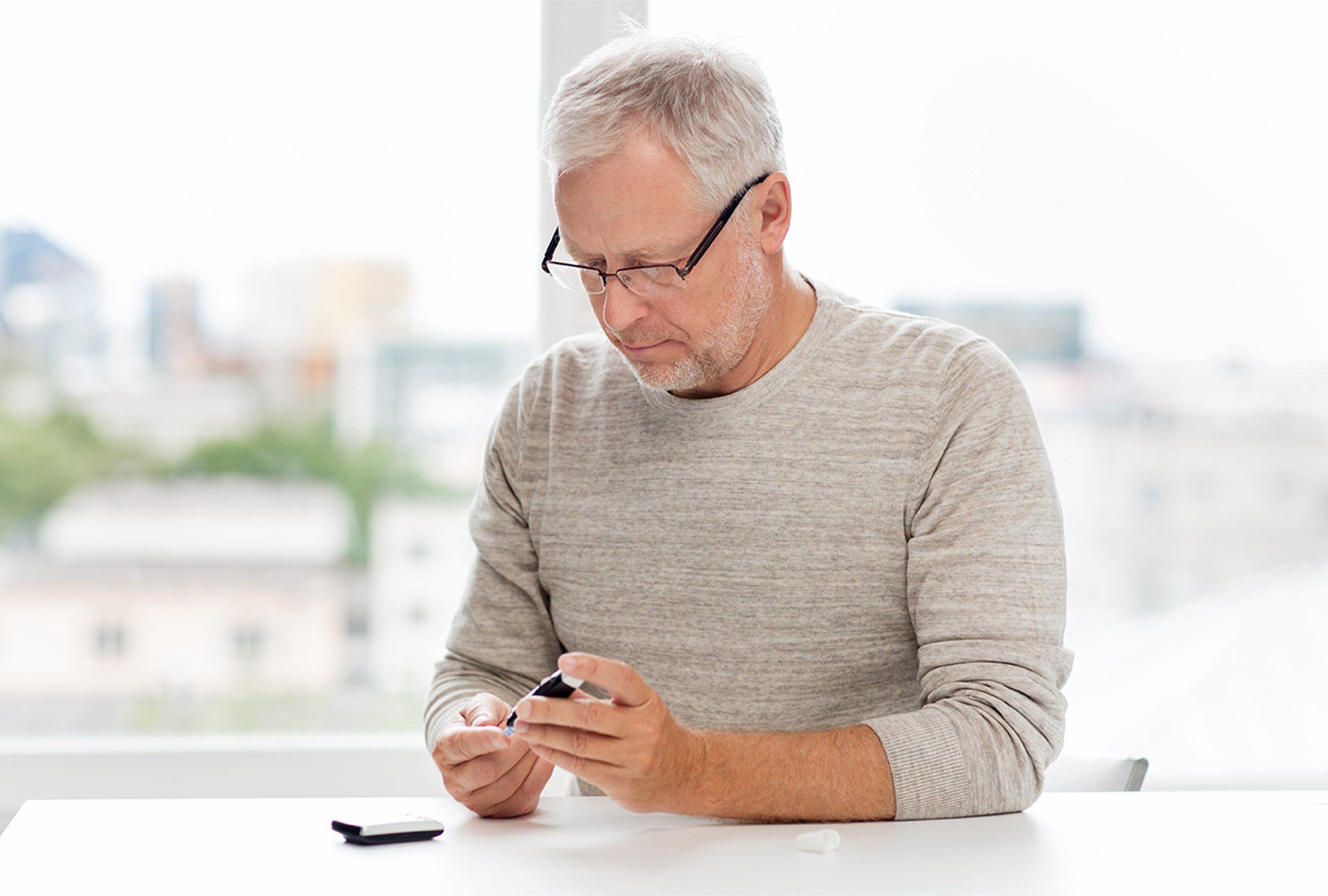Maybe you’ve heard that glasses will “fix” it. Or that only kids get it. Or that once it starts, it just keeps getting worse forever. These ideas sound familiar because they’re everywhere. But are they true?
At Nazarian Optometrists, we want to help you get accurate information about eye problems and vision correction. Whether you’re worried about your child’s eyesight or dealing with your own changing vision, understanding the facts can make all the difference.
In this blog, you'll learn the top myths around short-sightedness and learn treatments that are actually worth your attention, so you can make informed decisions about your or your child's eye health.
What Is Vision With Myopia Really Like?
If you’ve never experienced short-sightedness yourself, it can be hard to picture what it’s actually like. But understanding how myopia affects vision helps explain why early detection and treatment matter so much.
Seeing the World Through a Myopic Blurred Vision
People with myopia can see objects clearly up close, but things in the distance look blurred. For example, reading a book might feel fine, but road signs, classroom whiteboards, or even faces across a room can appear fuzzy or out of focus.
This happens because the eye grows too long from front to back, or the cornea (the front surface of the eye) is too curved. As a result, light entering the eye focuses in front of the retina instead of directly on it. That’s what causes the blurred distance vision.
Children often don’t realise there’s a problem. They might think it’s normal not to see the board at school or to squint at the TV. That’s why regular eye checks are so important, even if your child hasn’t said anything.
How Is This Different From Hyperopia?
While myopia affects near distance vision, hyperopia (long-sightedness) is the opposite. People with hyperopia can usually see distant objects clearly but have blurry vision with things that are near. That's why they struggle to read or do any close-up tasks.
In children, mild hyperopia often goes unnoticed because their eyes can compensate by focusing harder. But that extra effort can lead to eye strain, headaches, or even reading difficulties. This is why hyperopia treatment in children matters too, even if they seem to see well.
Understanding the difference between myopia and hyperopia can help you recognise when something isn’t quite right, whether it’s difficulty seeing far away or complaints about reading.
Top 3 Myths About Myopia
When it comes to short-sightedness, myths can be just as harmful as the condition itself. Let’s unpack the three most common misconceptions and replace them with facts that actually help.
Myth 1: Myopia Can Be Cured with Glasses or Laser Refractive Surgery
It’s easy to assume that once someone puts on glasses or has laser eye surgery, the problem is “fixed”. But here’s the truth: glasses and surgery correct your vision, but they don’t cure the condition.
Think of it like this: glasses are like crutches for a sprained ankle. They help you function, but they don’t heal the root cause. Similarly, laser surgery reshapes the front surface of the eye to improve focus, but it doesn’t stop myopia from progressing, especially if it’s done too early in life.
Myth 2: Only Kids Get Myopia (Childhood Myopia)
It’s true that most myopia starts in childhood, often between ages 6 and 14, but adults can absolutely develop or worsen myopia too.
If you’ve noticed your distance vision getting blurrier in your 20s, 30s, or even 40s, you're not imagining it. Extended screen time, less outdoor exposure, and even lifestyle stressors can all influence eye strain and myopic changes over time.
And for parents: even if your child is under 6 and hasn't shown symptoms yet, that doesn’t mean they’re in the clear. Myopia can appear suddenly and progress rapidly, especially if there are risk factors like family history.
Myth 3: Myopia Control is Impossible. It Always Gets Worse Over Time.
This one’s partly true, but also very preventable.
Yes, myopia often progresses as children grow. But thanks to modern optometry, we now have tools like glasses or contact lenses to slow or stabilise this progression. Treatments like low-dose atropine drops, ortho-k lenses worn overnight, and even encouraging more outdoor time have all been shown to help.
Without any form of intervention, myopia can worsen into high myopia, which increases the risk of serious eye conditions later in life like retinal detachment or glaucoma.
Can Myopia Be Reversed or Cured?
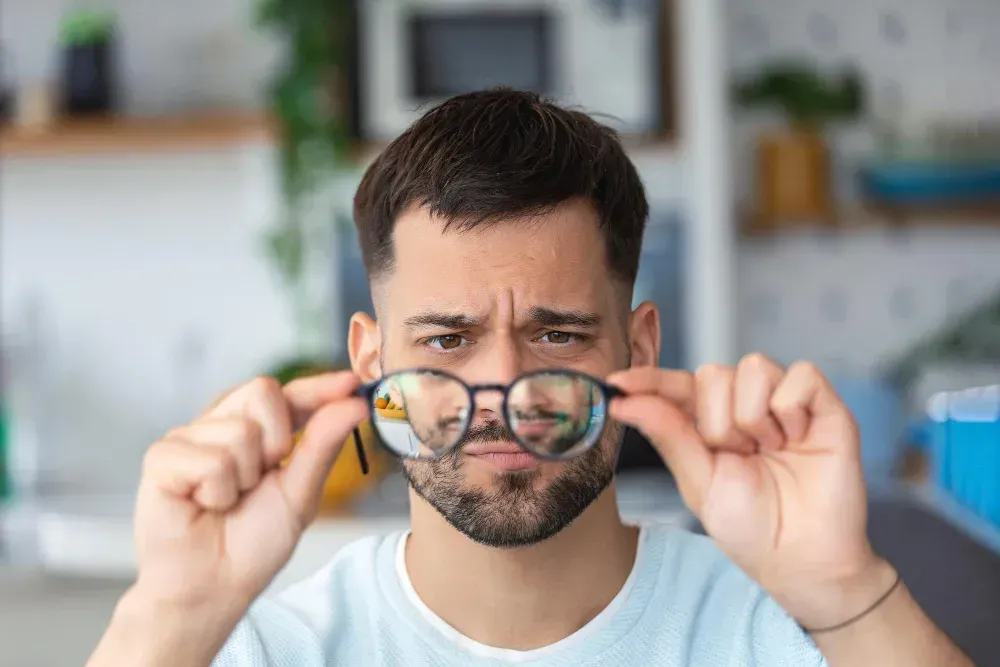
This is one of the most common and important questions people ask and it's very understandable. If you or your child is near-sighted, you naturally want to know if there's a way to get myopia treated or get rid of for good.
The short answer is unfortunately, no, but there’s more to it.
Unfortunately, myopia cannot be “cured” in the traditional sense, at least not with today’s science. Once the eye has grown into a myopic shape, there’s no way to reverse it completely. That’s why the idea of simply curing it with glasses or laser surgery is misleading.
But that doesn’t mean there’s no hope. Far from it.
What About Reversal?
Some people use the term “reversing myopia” when they’re talking about Orthokeratology (Ortho-K), a treatment where specially designed lenses are worn overnight to gently reshape the cornea. In the morning, the lenses are removed, and vision remains clear throughout the day without glasses.
This can feel like reversal, but it’s temporary. Once you stop wearing the lenses, the cornea returns to its original shape and the myopia returns.
Similarly, laser eye surgery (like LASIK) can remove the need for glasses in adults, but again, this doesn’t reverse the underlying structure of the eye — it just adjusts the cornea to redirect light properly.
What You Can Do: Treatments For Myopia Development
The real win comes from slowing or stopping myopia progression, especially in children and teens. Treatments like low-dose atropine drops, Ortho-K, or special soft contact lenses have all shown strong results in managing how quickly myopia worsens over time.
So while we can’t cure myopia (yet), we can take meaningful steps to stop it from getting worse — and that’s a major step forward.
1. Glasses and Contact Lenses
Standard glasses and soft contact lenses help correct blurry distance vision, but they don’t treat the root cause or slow progression. That said, they’re often the first step in managing short-sightedness, especially for children who need immediate help seeing clearly at school.
Newer options, like myopia control lenses, are specially designed to both correct vision and reduce the eye’s tendency to grow longer. These are available in both glasses and contact lens formats.
2. Laser Eye Surgery
Laser eye surgery is a popular option for adults with myopia who want to reduce or eliminate their need for glasses or contact lenses. The procedure works by reshaping the cornea, the clear front surface of the eye, so that light focuses correctly on the retina.
This improves distance vision significantly and can provide long-term visual freedom. However, it’s important to understand that laser surgery does not cure myopia; it simply corrects the way your eye bends light rays. It doesn’t stop progression, so it's generally recommended only for adults whose vision has been stable for at least a year.
Laser surgery is not suitable for children or teenagers, and it doesn't prevent future age-related eye changes. A thorough consultation is essential to check if you're a good candidate based on your eye health, prescription stability, and lifestyle needs.
3. Lifestyle and Behavioural Changes
Simple habits can make a real impact too. Here’s what the research supports:
- More outdoor time: Children who spend at least 90 minutes a day outside are less likely to develop or worsen myopia.
- Screen breaks: Follow the 20-20-20 rule — every 20 minutes, look at something 20 feet away for 20 seconds.
- Good lighting: Reading or using screens in low light puts more strain on the eyes.
These changes are not treatments by themselves, but they are essential parts of an effective long-term management plan.
What You Can Do Now to Protect Your (or Your Child’s) Eye Health
By now, it’s clear that while myopia can’t be cured, there’s a lot you can do to manage it effectively. The earlier you act, the better the result, especially when it comes to protecting long-term eye health.
If it’s been more than a year since your child’s last eye check, or if they’ve never had one, now is the time. Children often don’t complain about vision problems because they don’t realise their sight is any different from anyone else’s.
Myopia is incredibly common, but it doesn’t have to be a mystery, or a worry. With the right guidance, treatments, and habits, you can take control of your or your child’s vision and protect it for the long term. You may not be able correct myopia but you can surely find a way to improve or even treat impaired vision.
If you're ready to learn more or book an appointment, the team at Nazarian Optometrists is here to help.


